I am sure if you are reading this you have noticed when you are looking to buy tools, you can buy either a Drill/Driver or an Impact Driver and sometimes you even see them in a kit together. So the question is what is the difference and do you really need both tools? To answer the question if you need both tools, no you don’t need both tools, well maybe you do. Okay, so there is no easy answer to that question unless you know what the difference is between a drill and an impact driver. Once you understand the difference, then the answer is easy.
Our goal today is not to get all engineering on you and show you the inside of the tool. Our goal is to help you understand the difference between each tool and make you a better consumer to help with your purchase.
Are a Drill and Impact The Same?
They look the same so aren’t they the same tool and can they be used for the same applications? Yes, a drill can do some of the tasks that an Impact driver can do and an Impact Driver can do some of the tasks that a drill can do. But there is more to the story and each one really does have an advantage over the other tool. Before we go on, it’s a great time to understand the history of each tool.
A drill goes way back to the day when our ancestors were rubbing sticks together to make fire but the motor drill was invented in 1889 and the first portable drill was invented in 1895. The drill we know today, with many changes, was invented in 1917 that featured a trigger switch and pistol grip and was designed by Black & Decker.
So I tried to find the exact date of the first Impact Driver but to my amazement, I can’t find any record. However, the first Impact Wrench was designed in 1939, which was 50 years after the drill. Considering the impact wrench and impact driver are pretty close, except for some features including the head, we do know it was after the drill.
So the question was it invented as a way to sell more products or was there really a need for the impact driver? In fact yes, there was a need for the impact driver and it was first used in the aerospace sector and then was transferred to the consumer as they found the tool to provide better and more efficient fastening solutions than a drill.
Drill vs Impact Driver – How they Work
To fully understand the difference between a drill and an impact driver, you need to know how they work. As I said, we are not going to dive deep into the internal working and mechanics behind the tools but once you understand how they work, you will understand why each tool excels at certain tasks.
Drill/Driver – A drill/driver uses rotational force only. So when you set your drill to a speed or torque setting, the drill spins the chuck in a forward or reverse motion only. So the torque of the drill is consistent.
Impact Driver – An impact driver performs like a drill as it uses rotational force also but it has two extra advantages. First, it senses when more force or power is needed and delivers quick downward rotary bursts to produce more torque in these situations. These bursts happen quickly. Second, because the way it operates and the downward force, it “sort of” protects the user’s wrist as it applies that downward force when creating more torque and the hitting motion where a drill/driver has a rotational force and can jar the wrist.
Because of this hitting or punching motion, which is metal on metal, this is why an Impact Driver is loud. While the drill only has rotational force so there is no metal hitting metal and creating a loud noise.
So a drill has consistent rotational force while an impact has the rotational force along with bursts of force.
So let’s get into some other areas that make the drill/driver and impact driver different.
Drill vs Impact Driver – Features
Drill
As we talked, a drill has rotational force only, but some drills have a hammer which helps a drill bore into concrete, block and other hard surfaces. So as the drill spins and creates the rotational turn, the tool will also start hammering. So wait isn’t that what an impact does?
No, a hammer drill is different. A hammer drill does spin but it hammers at the same time, just like a hammer hitting the top of a nail. The hammer function on a hammer drill hits the internal parts just like a hammer where an impact is hitting it rotationally.
So a hammer drill hits on the top where an impact hits on the side during rotation.
A hammer drill can be switched on and off so if the user doesn’t want that function for an application, there is a way to turn it off, just like the picture above.
Impact Driver
An impact driver doesn’t feature a hammer option. Instead, an impact driver does feature other options like slow start. Yes, you can feather both a drill and impact driver to create a slow start but the impact is designed for fasteners. So if you are setting a fastener into metal, you want to start out slow and then rev up the rpm to sink the fastener, but you want to stop in time so you don’t strip the screw. Here is where an impact driver shines.
There are a lot of applications where this is useful such as metal studs. With a push of a button, the tool will automatically start slow, then ramp up and even shut down when it hits a certain torque to prevent stripping. This is a feature that is not available on drills.
Drill vs Impact Driver – Size
As you can see, usually an impact driver is smaller. Yes if you look at an old impact driver vs a new drill, the drill might be smaller but looking at the same class of tool and year, the impact driver is usually smaller which means it’s better for tight areas.
One of the reasons an Impact Driver is smaller is because the impact doesn’t have the front sleeve of controls for the clutch. What is a clutch? Well, this is the perfect time to talk about power.
Drill vs Impact Driver – Power
Drill
Overall an impact produces more torque. However, a drill can control the torque better by using a clutch. The clutch is the front sleeve that allows the user to stop when the tool hits a certain torque. So if I am fastening a screw into wood, I don’t want to go full power because when the screw is set all the way, if I keep going, it will strip the hole. If I set the torque, I protect my work.
However if I don’t care because I am drilling a hole and want to go all the way through, then there is a setting, which is usually the last setting and that is drill mode only. So the drill will go until either the hole is complete or the work requires more torque than the drill can produce.
Impact Driver
The impact doesn’t have a sleeve so it’s up to the user to pay attention and stop when needed. As we discussed earlier, some tools have a setting for when a user is working with fasteners and metal. But with a drill, you can customize and tailor it to suit your project more precisely than an impact.
Drill vs Impact Driver – Chuck
Drill
The chuck or how the tool holes a bit is also different. While drills have different size chucks, the most common drill is a 1/2″ chuck. With a drill you can use a wide range of bits because the bit is inserted into the chuck and the jaws lock around the bit. Some drills even have locking chucks so once the chuck is tight, then an extra turn locks the bit for added grip.
Impact Driver
As you can see, the impact is different and will only accept certain bits which are 1/4″ hex bits. So if you have a drill bit that doesn’t have a 1/4″ hex, you are out of luck. Where if you have a 1/4″ hex bit, you can use either a drill or impact driver.
With the impact driver, it’s much quicker and easier changing bits than a drill.
Drill vs Impact Driver – Speed
Drill
Most drills operate at two speeds. Yes, some have a single speed or even three-speed but a majority are two speeds. Here is how it works:
The higher the speed, the lower the torque, they have an inverse relationship. So if you are drilling a big hole that requires a lot of torque, you need to be in speed 1. Yes, it will take longer but the torque is increased for the users to get the job done. If you need speed and it’s an easy application, speed 2 is the way to go as the rotation will increase while the torque will decrease.
Impact Driver
An impact driver usually has three speeds but again, it can be equipt with a single speed or more. While a drill usually uses a mechanical switch the user needs to slide, an impact driver is a push button or electronic.
An impact is a little different than a drill where speed and torque are directly correlated. A slower speed also means less torque and fewer hits. A higher speed means more torque, more hits, and harder hits. See the comment below from Corey.
Drill vs Impact Driver – Application
So now you know how a drill and impact work differently along with some of the features that are offered on each tool, now you can better understand what each tool is designed for and the best applications. As noted, yes there is overlap between the two tools and what they can do but they do excel at different applications.
Drill/Driver
A drill is great for drilling holes and that is where this tool shines. If you are drilling into soft wood or into concrete, a drill is designed for this application. A drill is also great for mixing products like mud for drywall or paint.
Impact Driver
An impact driver is a perfect fit for fasteners. If you are working with screws, bolts or nuts, an impact is the way to go as optimal torque and power is a huge advantage for these applications. An impact is also great if you are working in tighter spaces.
Drill vs Impact Driver – Wrap Up
If you are looking for a power tool to drill holes easily and also precision, a drill is the way to go. If your time is spent working with fasteners, an Impact Driver will be your best friend. The way each tool creates power is different and each tool has some unique features but in the end, both are great tools for power, speed and to complete your tasks.
Hopefully this made you a more knowledgable consumer and helps you better understand the difference between a drill and impact driver. Both have advantages over the other tool and both can do some of the same work. As a consumer, you have to understand what work you will be doing and figure out if you can get away with just one tool or do you need each tool as you need more options for your needs? As you can see the answer to if you need both tools for your tool collection, well it depends on your needs.

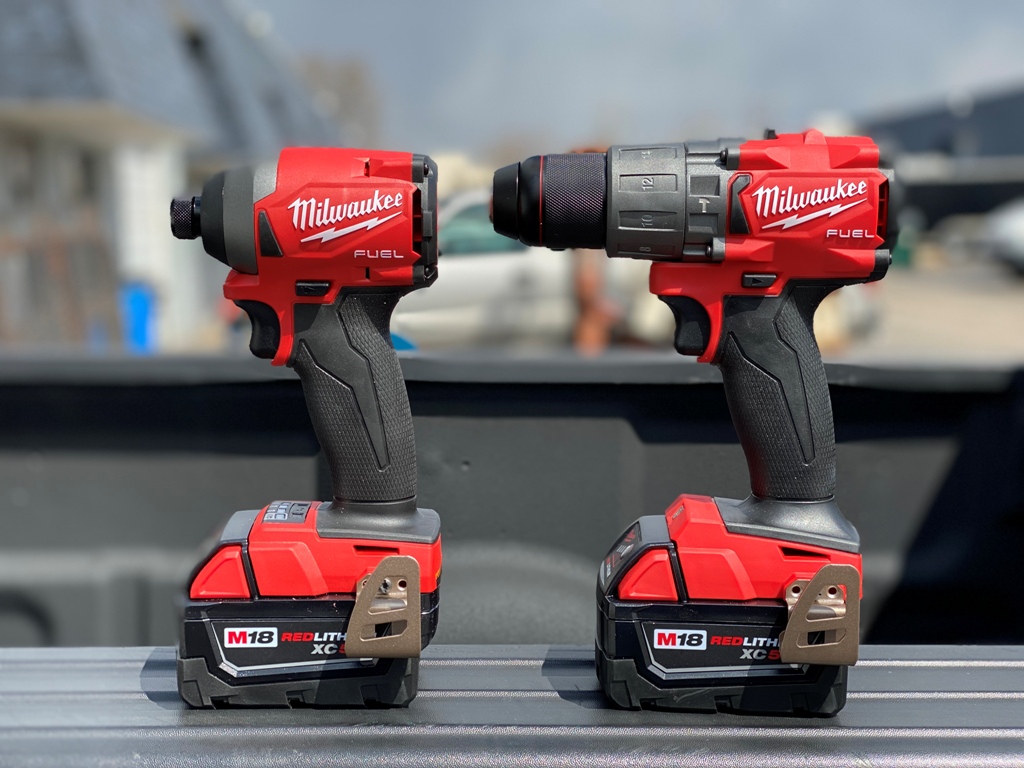

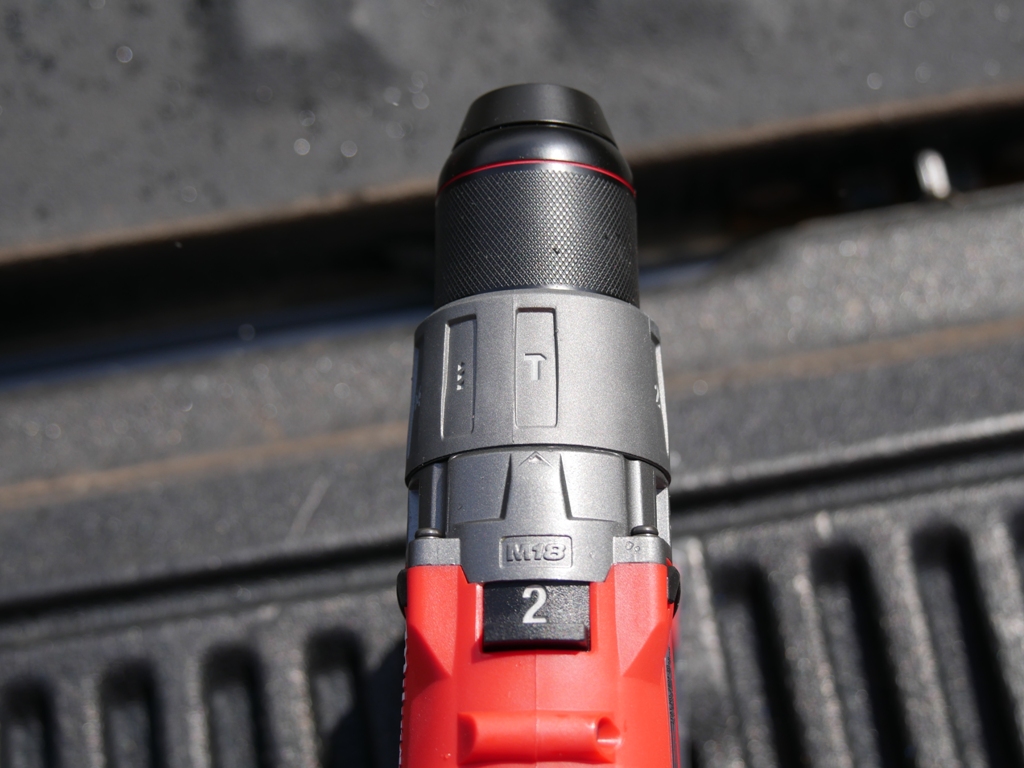
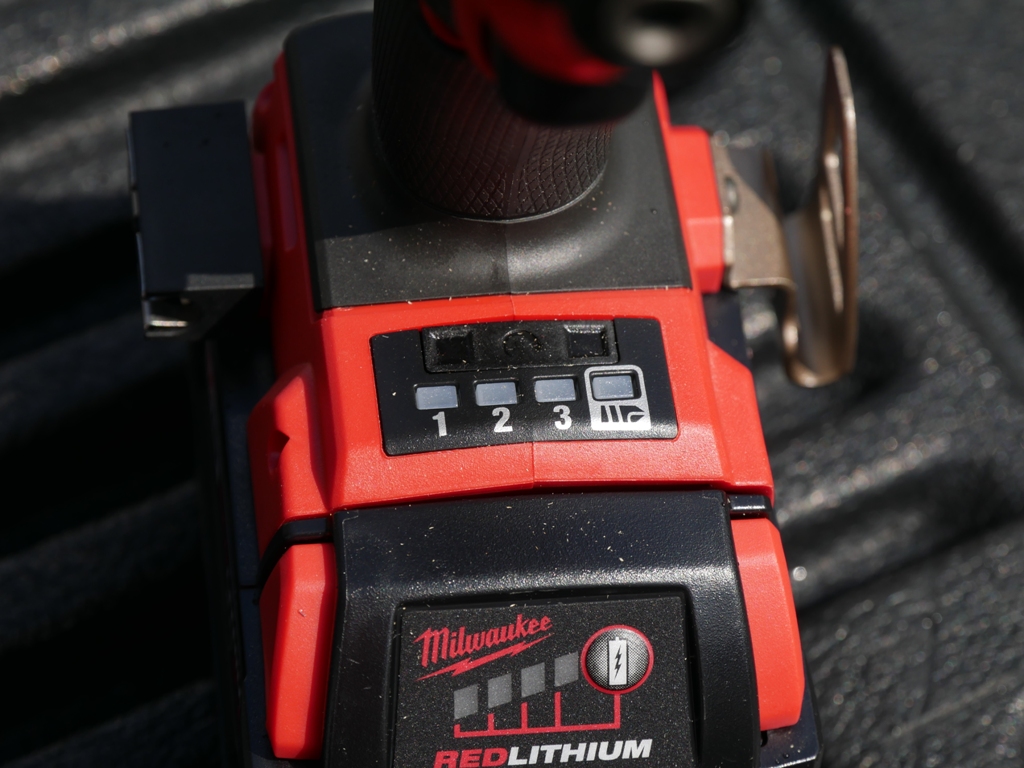
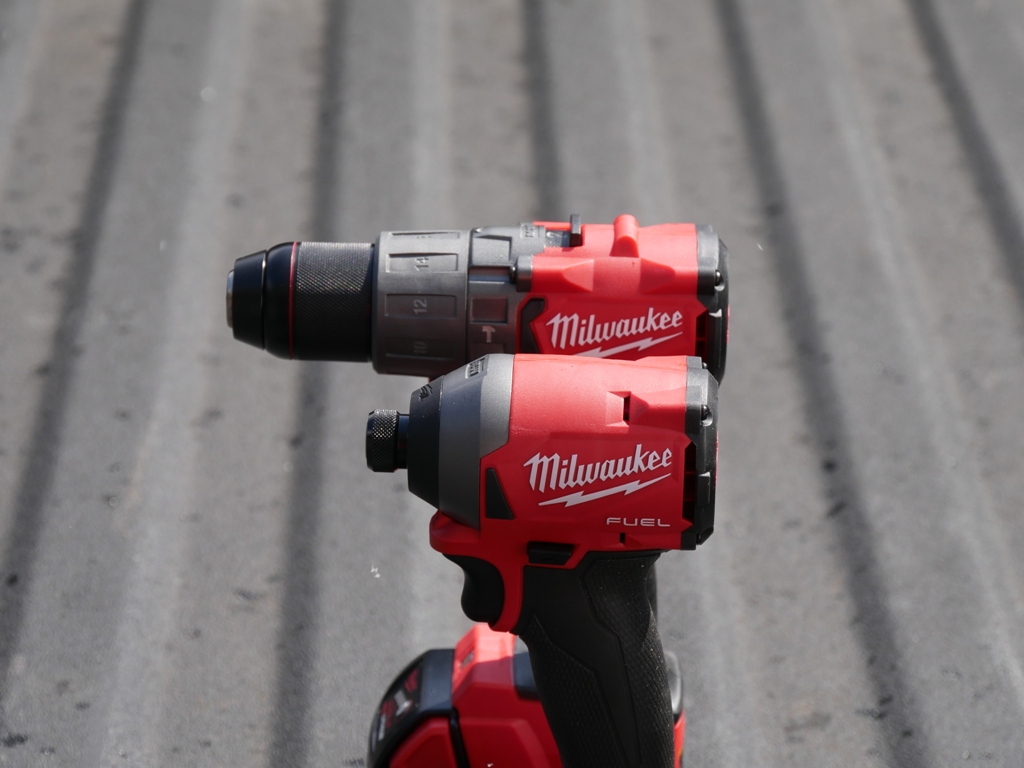

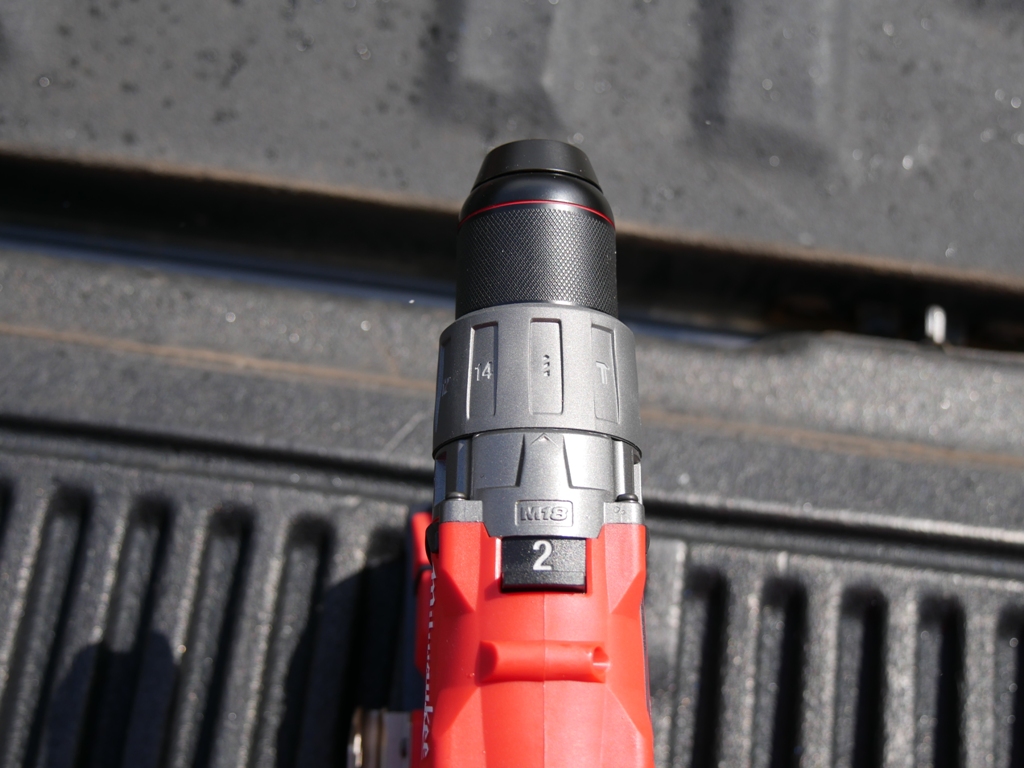
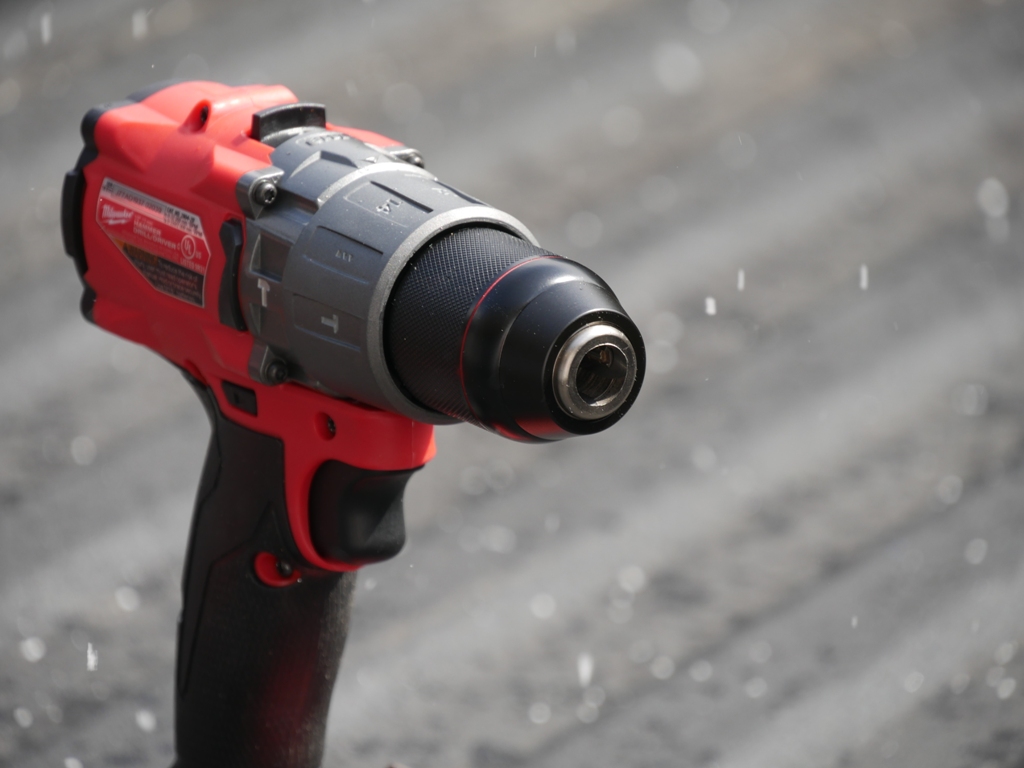
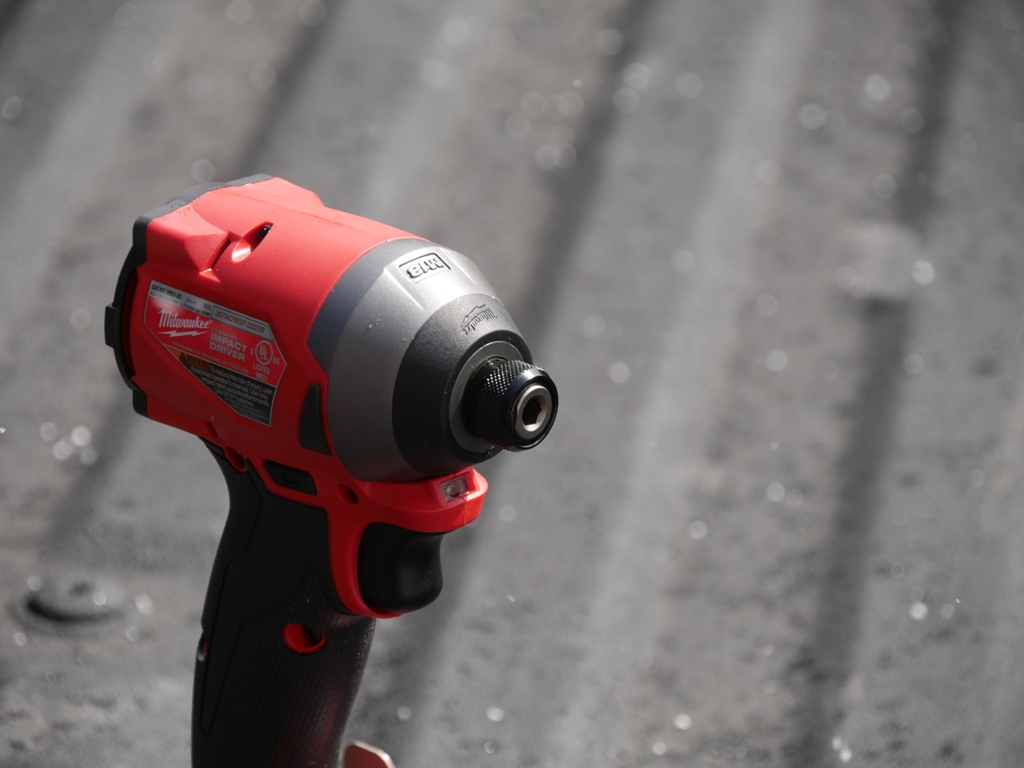
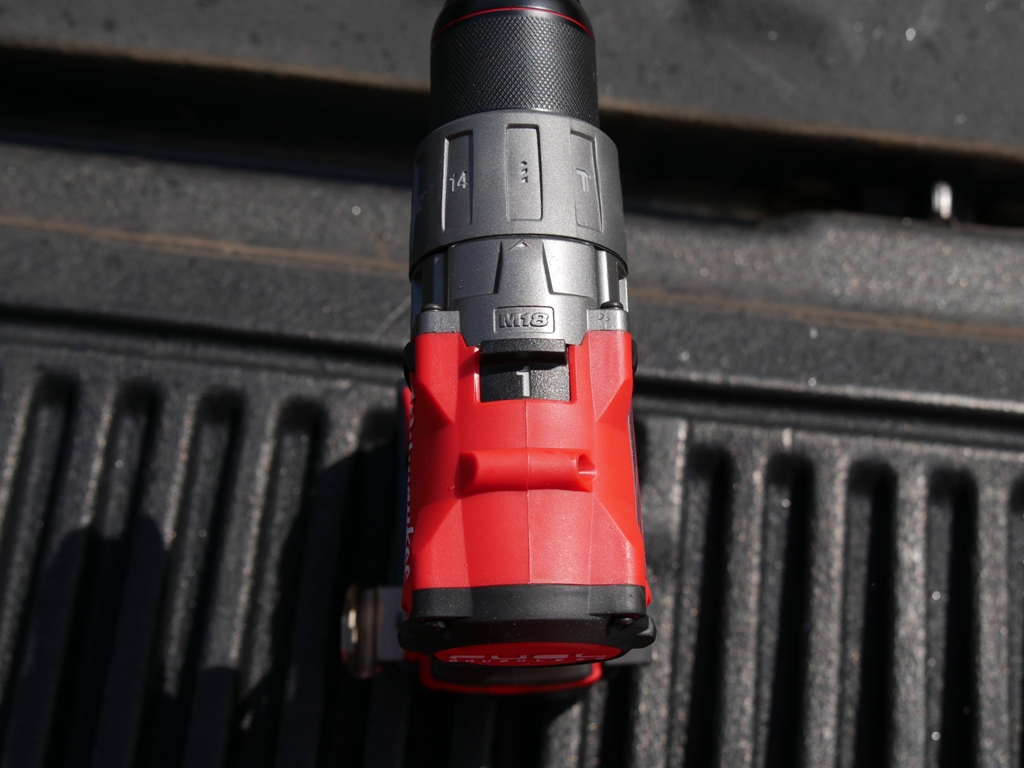
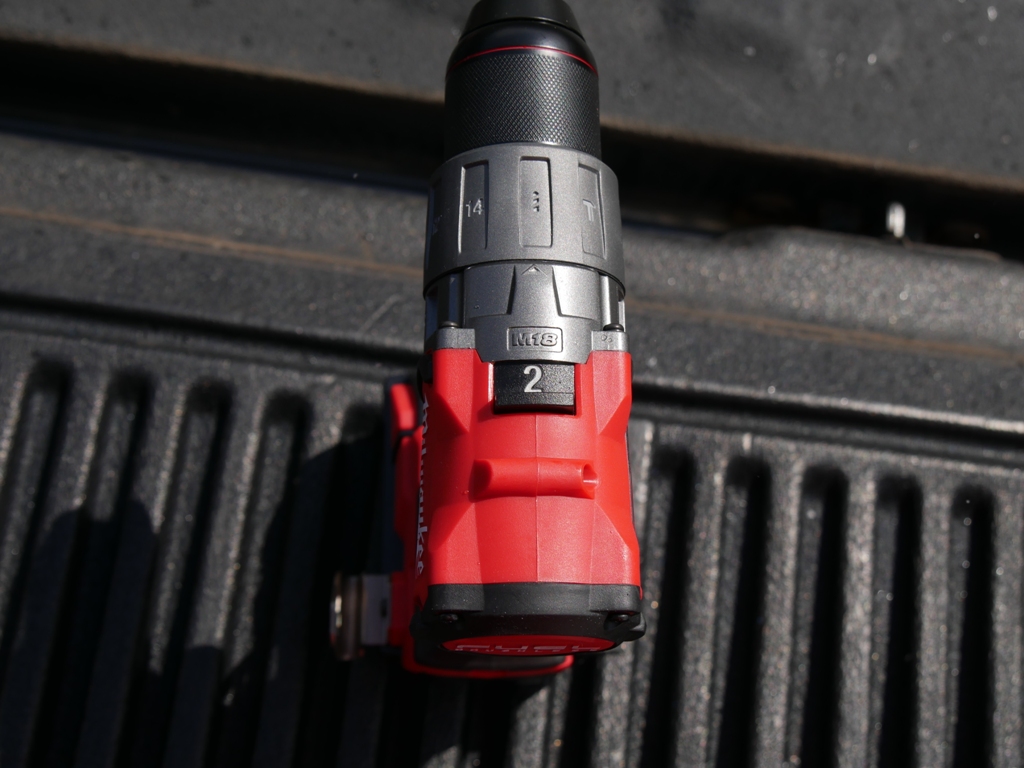
Good write up, but impacts speed to torque is directly correlated, the opposite of a drill. So lower speed on the impact also produces lower torque. The impacts striking mechanism is a retracting spring that creates a tolerance to slip the anvil past the chuck when something of sufficient resistance causes it to stop. The anvil then free of resistance, achieves full speed and a full rotation to strike the chuck with maximum force, determined by the speed the motor is regulating. So faster spin- harder hit, and higher frequency of strikes.
Thanks Corey. Yes, not sure what I was thinking. I made the changes and also made a mention of your comment. Thanks.
Right on, I really enjoy your guys’ site and content.
I kept hearing about impact driver someone needs to borrow it. Milwaukee? And that Napa so on? Asked husband ” who invited this tool”? He wasn’t sure all I heard Milwaukee! A few shops leads it out top companies? I did think about it and I wondered if any of the other shops from a time ago, used it? Looked up the history, and I was so impressed!? Easy reading and I? Understood? Great site for a woman to share with others who are women? Much, Mahalo ( thanks) from Honolulu, Hawaii
Glad you like it and found it informative. Thanks for your feedback.